16 Jul My Photography
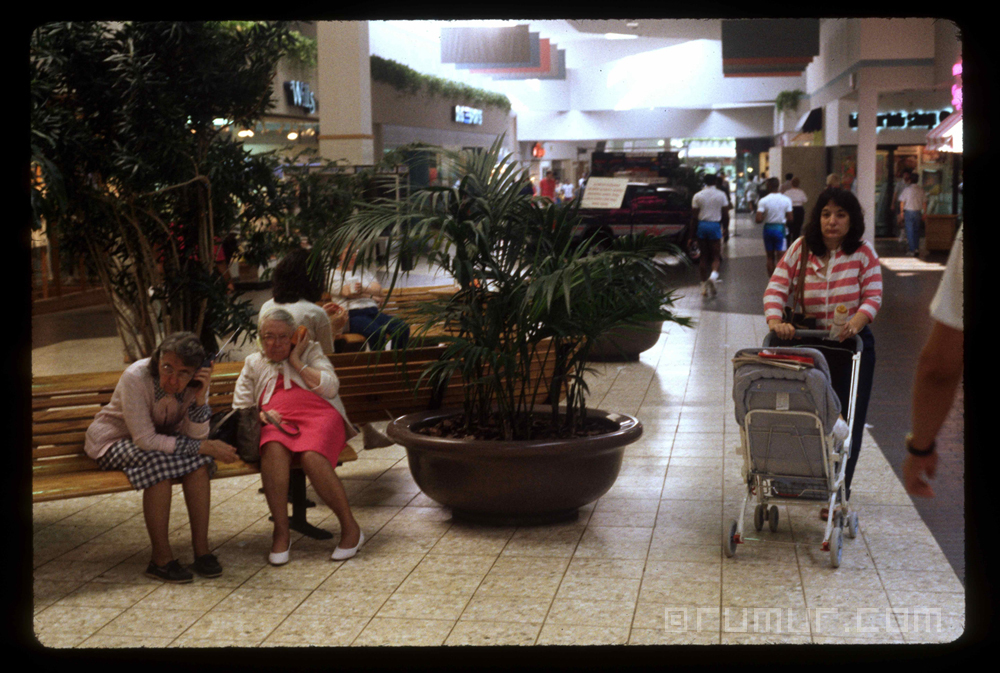
A few months ago the Nasher Museum requested some of my mall images for possible inclusion in a show of local North Carolina photography. I was excited to have the work considered because, for the most part, I have not had much contact with the world of galleries and museums. When I first made this work I took it to a few galleries in Soho to show them (Chelsea wasn’t yet a thing then). I had no real understanding of how that system worked, so it’s not surprising that I did not find any interest. While that didn’t kill my interest in photography it did make me feel even more disconnected from the world of art. I continued to make photos, and spent the next decade documenting the underground music world I was a part of. As I put more of my energy into my band and making films my work as a photographer fell off for a while. In around 2012 I got a decent iPhone and Ruddy Roye, another parent at my kids’ school, introduced me to Instagram and I started to go a little crazy on the platform.

screen shot of December 2012 Instagram
I’ve recently been thinking about my work as a photographer, and this email about the mall images prompted me to go a bit deeper. I started to write this post as a means to discuss all of my photo work – to contextualize it – but while writing it, I also began to think more deeply about the “why” of it. Some of that “why” is about why I make work, and some is about those things that get in the way of me getting work out there.
Klan in Chapel Hill NC 1987 from rumur on Vimeo.
As I finished up high school I didn’t consider going to art school even though I spent most of my time printing in the darkroom. I pretty much thought about making art all the time, yet I didn’t think of myself as an artist. I have a daughter who is a junior in high school so I am witnessing first hand the mental gymnastics that take place as young people try to find their place in the world. Still, it is a little difficult to connect with my seventeen year old self who was both a cocky son of a bitch, yet also riddled with crushing self doubt. The cognitive dissonance of it would be harder for me to accept if I wasn’t reliving it.

my daughter last fall
First, on some level I simply didn’t think I was creative enough, or talented enough, to be “an artist”. We form these frames in our heads, and the framing that I had of an artist was a kind of wildly creative person like Salvador Dali. Picasso, or Richard Avedon (my parents had a copy of his collaboration with Truman Capote “Observations” and I would often go through it marveling at the images). I had the sense that creativity couldn’t really be taught and that I didn’t have what it took to go to art School. At the same time it wasn’t simply a low sense of self esteem that stymied me, it also had to do with the idea that going to art school was kind of like cheating. I also intuitively knew that it was something that I’d resist being taught- that I’d have to figure it out for myself. The path I chose has been immeasurably more difficult than if I had taken a more well worn path. Sometimes I wish I had made it easier on myself, but I quickly realize that my path has only made the work strong it it’s own way.
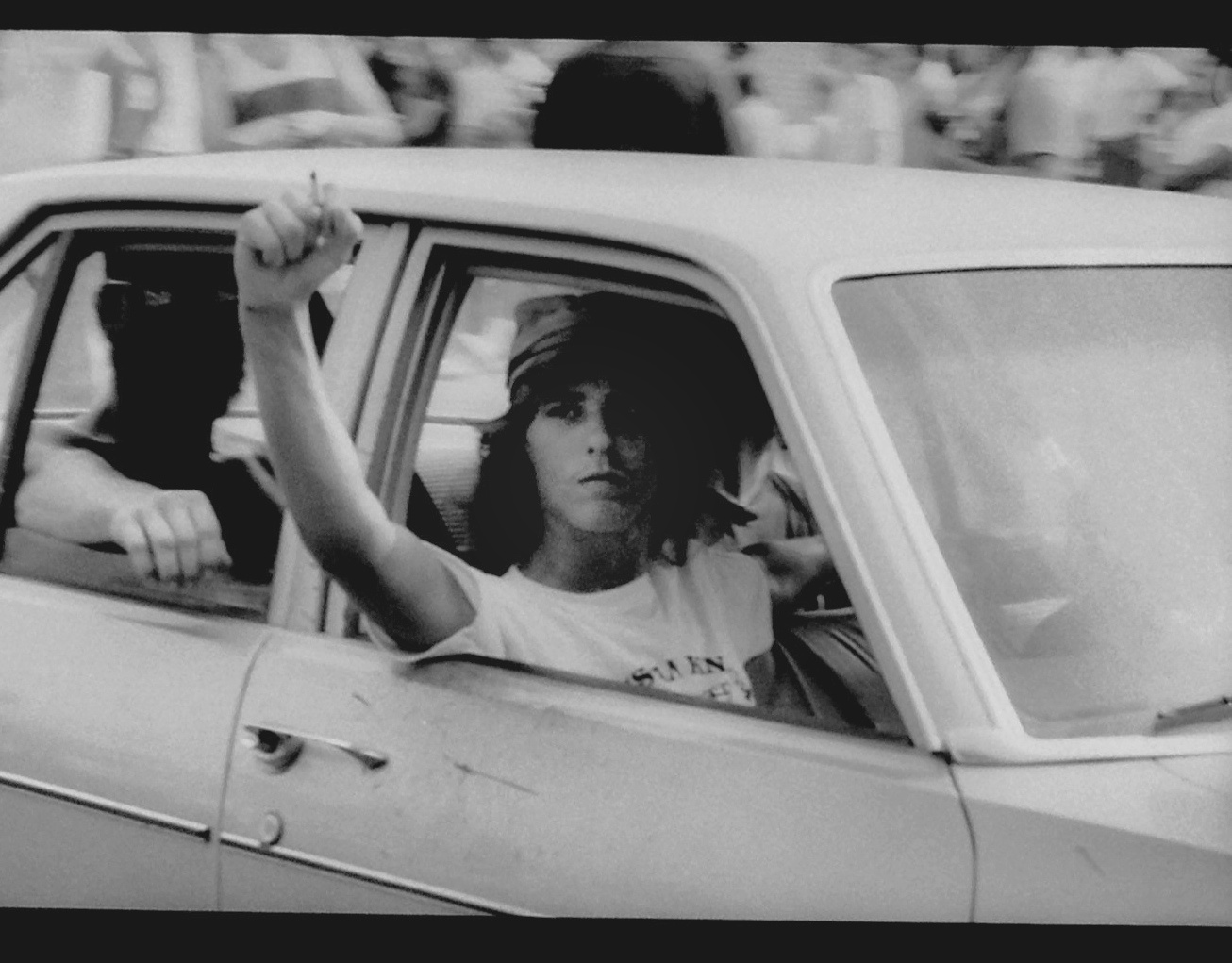
While I spent most of my Junior and Senior years of high school in the darkroom making photos for myself, the yearbook, and the school paper, my first real photo shoot took place the day after I graduated. The KKK marched in my hometown and I shot a couple of rolls of film. It was a fairly surreal day and I don’t recall it much at all. Since I wasn’t in high school anymore I had limited access to a darkroom to develop the film. I found my way into one to make a couple of prints, but didn’t have anything to do with them. The negatives went on a shelf in my childhood home and I didn’t find them until I moved home 27 years later. When I scanned them on my iphone and posted on Facebook a friend let me know there was recorded sound from that day so we made a short film combining the sound and images. Luckily I had just gotten a telephoto zoom lens which allowed me to get shots from various distances and depths. I had both establishing shots and close ups which made it more possible to cut it into a film. That short was included in a show at the Nasher in 2016 called “Southern Accent”.

a photo of the windows in my dorm- the Brittany on Broadway and 10th street

NY street scene.
I didn’t take any photo classes my first year in college but I joined the photo club and took photos for the school paper as well. While I took a lot of pictures that year I didn’t have a lot of focus. In the second semester of my sophomore year I took my first class which was about color printing. This class was in the school of education, health nursing, and arts professions. Most of the students weren’t very serious about photography; for them it was just a way to cover a credit towards their arts education degree. However the teacher was excited and inspiring, and I loved the class. Since it wasn’t filled with art students I didn’t feel “out of my league”. My main project was shot in a mall on Long Island. The teacher was wildly supportive of it and suggested that I continue it that summer by driving across the country. My friend Sebastian offered to join me and we stumbled across a dozen or so malls on our journey. The trip was inspired as much by “On The Road” as it was by taking pictures (my mother had a first edition copy of the book with her marked up NY Times review tucked in the front sitting on the shelf in her office so I had read it in high school). We wanted an adventure, but we didn’t find much excitement. We had almost no money and ended up sleeping in the car quite often.
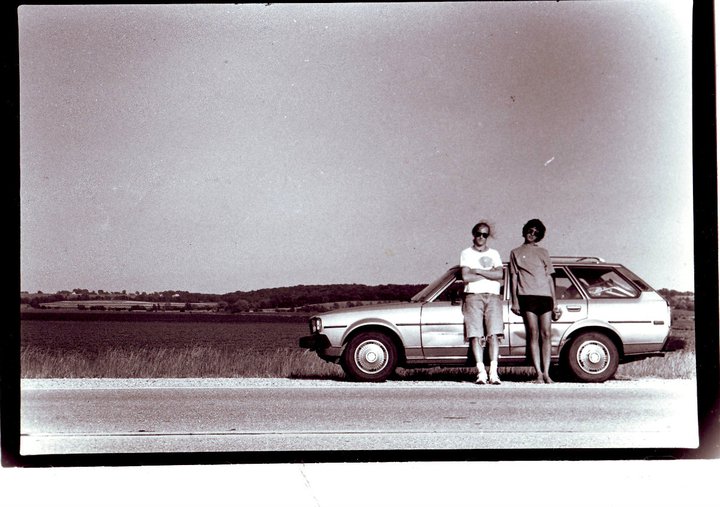
from out trip across the country
Punk Rock City USA from rumur on Vimeo.
These are the images that I brought around to galleries in the fall of 1989. At the time, street photography, or really any photography that wasn’t more “produced” was not of much interest in that world. I projected them at a rock show in the mid 90’s but they disappeared into a box and I rarely thought about them. In 2011 I re-discovered these slides and scanned them. One of the first things I did was make a music video for the band that I started right after completing the trip (the video above- Punk Rock City USA by my band sleepyhead). They went kind of insanely viral, which was both exciting and terrifying because I quickly lost control of them. Re-visiting that work, as well as the Klan images, gave me a lot insight into the import and value of documentation, and this in turn has had an impact on my current video documentation of protest.
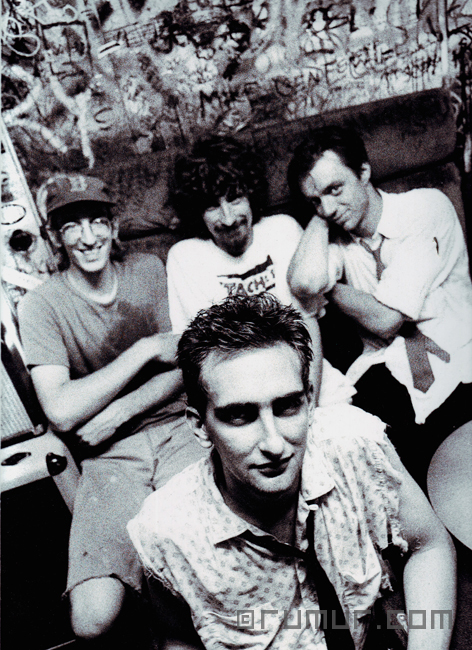
Gaunt at CBGB
All through my 20’s I played in sleepyhead as well as a couple of other bands, and that gave me a home base from which to make art (fliers, photos, music, films) as well as documentation of that scene. Still, even as I made work every day, I didn’t think of myself as an artist. Instead I thought of myself as trying to become one, without really having a fully formed concept of what that meant. Just recently, I made the connection to a deep and largely unconscious fear of failing. At the same time my reticence to think of myself as an artist had as much to do with my resistance to doing things the way they were supposed to be done. I was often in trouble for questioning teachers, or pointing out that things didn’t have to be done they we were being taught. In some ways my own self doubt probably had to do with being punished for questioning people with more power than myself. When a strong impulse is stifled in young people it can cause a good deal of internal dissonance. In my case it drew me towards music that challenged accepted notions.
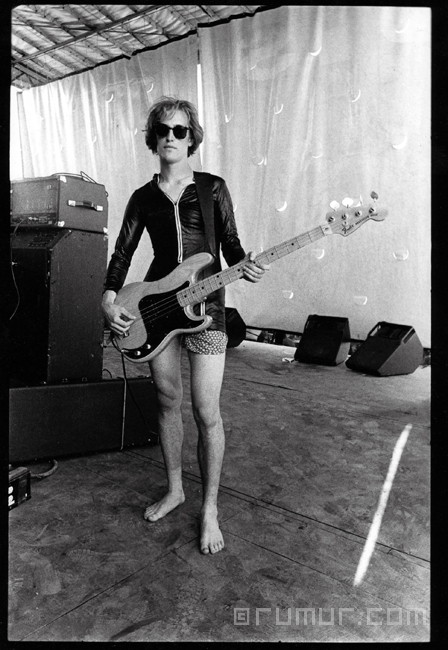
As long as I can remember, my response under pressure wasn’t to crack, but to wilt, or to freeze up completely. I would panic in a quiet way; one that didn’t draw attention to itself, but that made it less possible for me to succeed. Starting when I was in elementary school, I ran track and cross country. I was often one of the better runners in practice, but when the gun would go off to start a race, I would begin to hyperventilate almost immediately and fall behind. Whereas most people went 20% faster in a race, I was probably 20% slower. For a long time, I had the same kind of response to both school and to work. Whenever I was faced with a situation that might lead to judgment, I went into a kind of quiet flight or fight mode; and that fear led to a worse performance. For years, when I got a great opportunity- like a better production assistant job, or a job shooting for someone else, I would invariably fail to sleep the night before which would make me less focused, and I would be so afraid of screwing things up that I would screw things up. It’s taken me years to get past that.
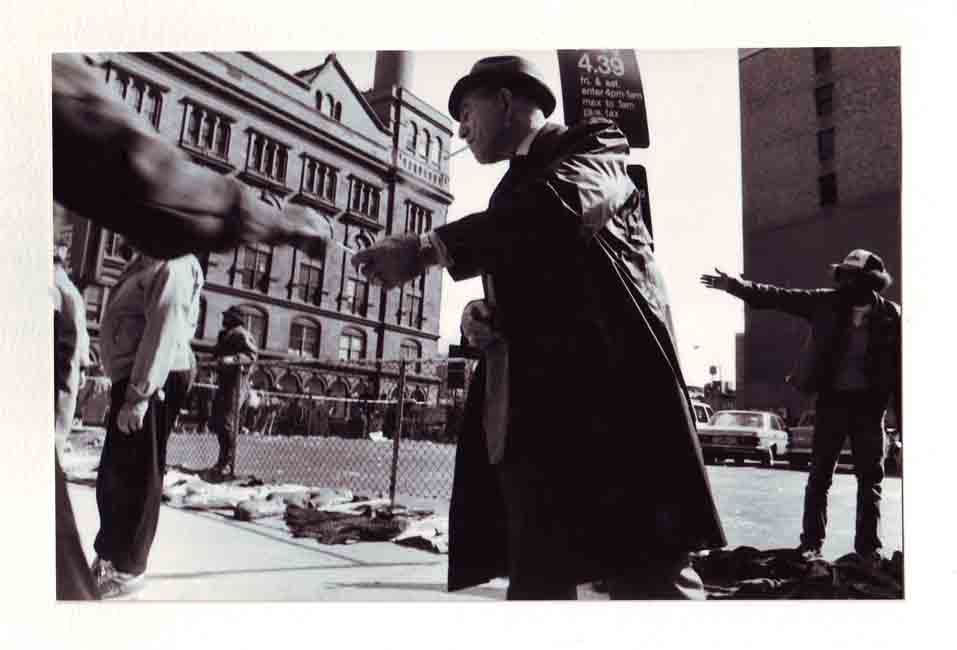
In the spring of my junior year I took my first of photo class in the art school and it had a lasting and profound impact on me. Lorie Novak, the teacher, gave me a firm foundation in understanding how to think about my own work, as well as others, in an empathetic way. She explained that it was our job to put our own aesthetic likes and dislikes aside – and to instead focus on helping the other students figure out what it was they were doing, and how they might make their work stronger. In other words she made it clear that when we are critiquing work we need to think more universally about what the work is trying to do- rather than what might like it to do. That process gave me a powerful foundation from which to practice.
In addition, I spent hours each week poring through the books at “A Photographer’s Place”, a book store in SoHo that had an ever-changing table up front filled with piles of tremendous new releases and reduced price remainders. This was where I got more of my photo education than anywhere else. That spring I devoted myself to a project documenting the street market on Astor Place. While the mall photos had been my first real project, this was the first time I had challenged myself to form relationships with subjects. I spent the vast majority of my time that winter and spring at Astor Place. I got some strong images and then designed and made a book using the images as well as interviews with the street sellers. While I was the only person in the class who wasn’t an art student, I knew that my project was one of the most fully executed. It gave me a sense that I could be a photographer, even if I didn’t have a sense of what that path might look like. I meant I didn’t even have a concept of it. Other people understood that the pathway included graduate school and mentorship. I just didn’t understand that at all.
sleepyhead- play from rumur on Vimeo.
Even as I spent hours each day on Astor Place I still made time to practice several times a week with my band. None of us were really musicians so we kind of learned to play together; which meant that we weren’t following any rules. We sounded strange not because we intended to sound strange, its just how we learned to play. Near the end of the year we recorded a demo tape with Kramer, a well known producer who happened to have the cheapest rates in town. We decided to live together that summer in Providence RI because my bandmates were from Boston and Falmouth and we could live for almost nothing in Providence since all the students leave. On one of our first nights there we gave our demo tape to a drummer named Ric Menck and he offered to put out a single for us. The video for the song above is constructed from images from the recording, our time in Providence, and our first tour the following summer. It was a fortuitous summer because we met a lot of other people who we are still connected today.
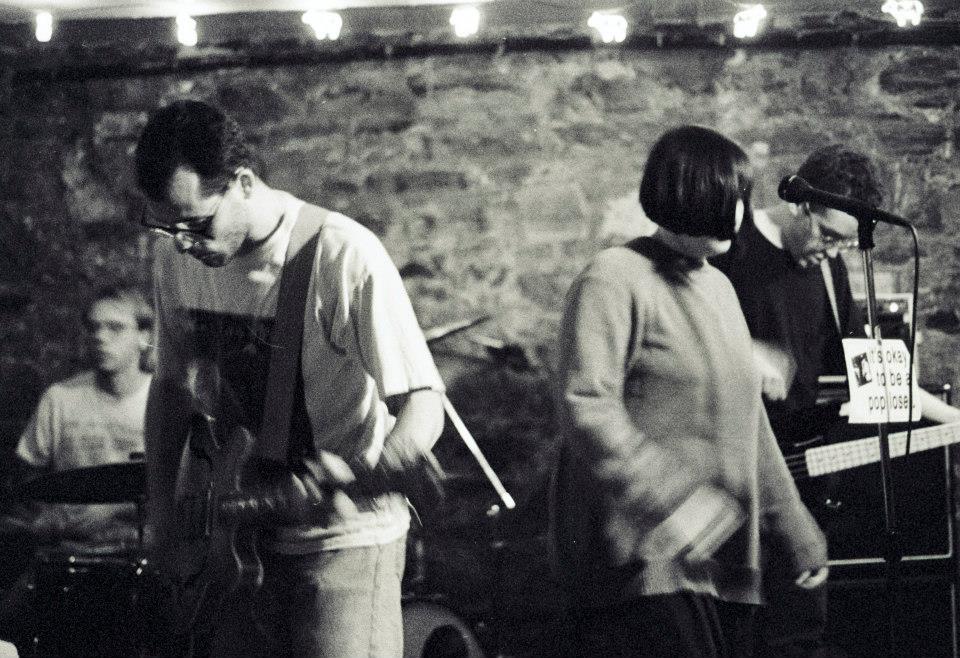
Again, it was weeks after returning from my mall trip that I started Sleepyhead. At the time I had started to take more photos at rock shows, and began to share some of those images with fanzines. The following fall when we got back to NY for my senior year I took another class in the art school and sleepyhead began to play shows almost every week, and we started to play with a group of like minded bands.

the personal book I made in my second photo class. The cover is made from a flannel shirt I often wore
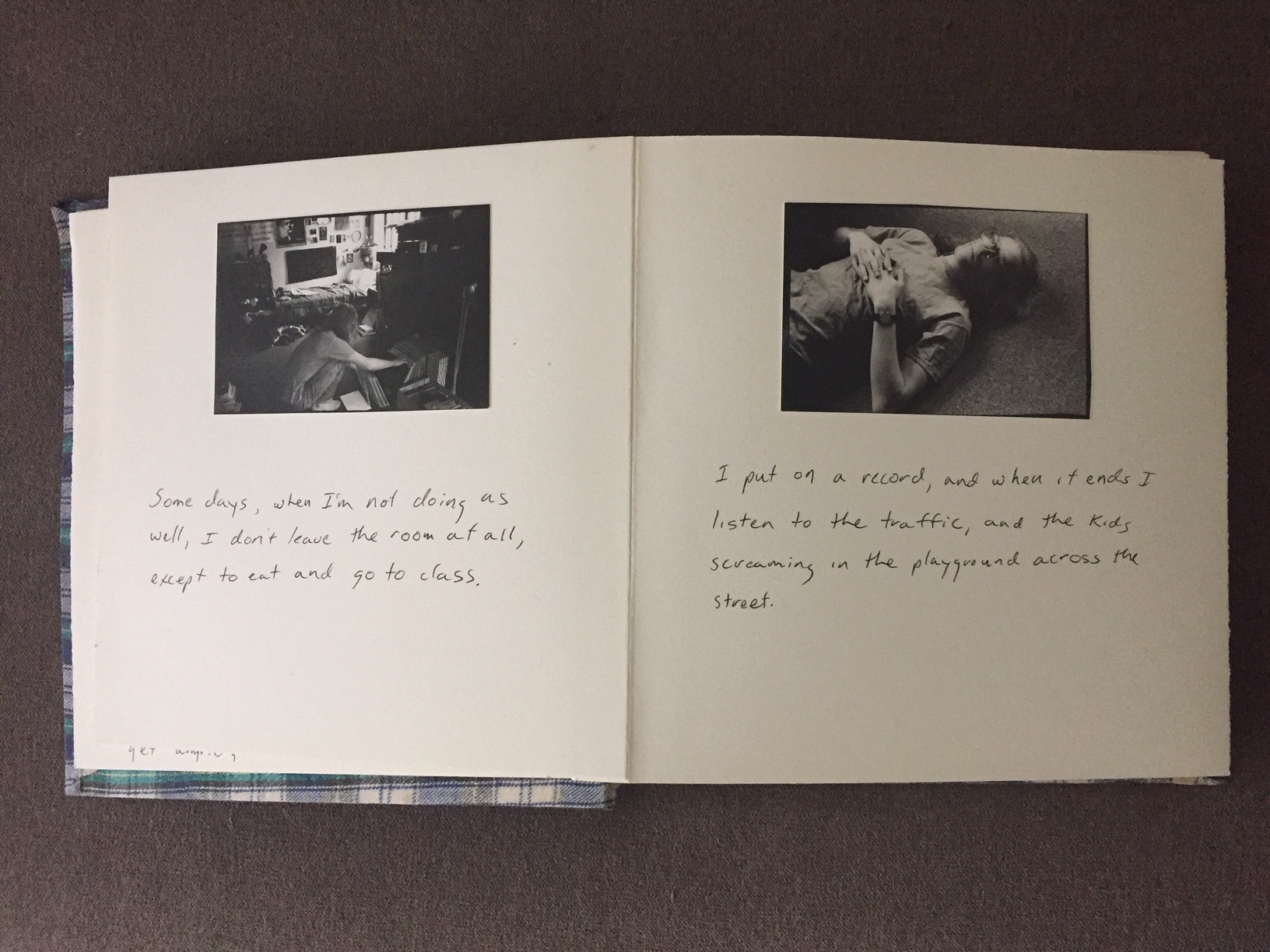
The book is very personal and I only showed it to a few people ever.
That fall I did two projects for my photo class- one was about a band we played with a lot, Antietam. The other was a very personal book about the stresses and strains of my life during that spring semester. Being in a band can be a bit like a marriage, and if it is formed when the members are less mature, the less mature relationship patterns can persist. At the same time my girlfriend broke up with me which left me somewhat adrift. Over the next 30 years I would continue to both document the world and make personal work, but for the most part, I kept that personal work personal. In other words, I rarely showed it to anyone because it felt so personal as to be both too naked and too mundane. The image below is from a letter book I made in 1997. For a period of time in the 90’s I shot mostly color photos with a little T4 point and shoot camera. I would then tape those images into letters and send them to friends.
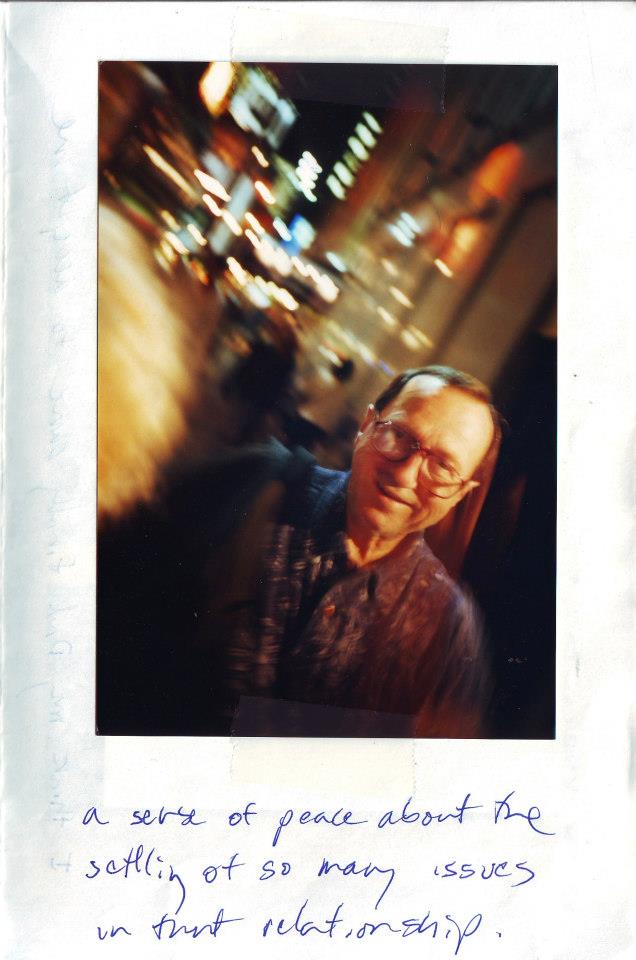
For me being in a band was as much about music as it was about having a way to make art, and to be part of a broader community of artists. Still, it was many years, decades really, before I felt comfortable calling myself an artist. In fact, it still feels strange, because the idea that I have in my head of what an artist “is” doesn’t conform with my sense of myself. I also have never done the things that an artist is supposed to do to become a part of that system. I don’t have a CV, I haven’t gone to art school, I haven’t applied for any arts grants or residencies (outside of film grants), and I haven’t focused my work in one direction. Frankly, I’m in the same boat as many of my friends, who also looked askance at those systems. Unless they were in a successful band, for the most part, they work other jobs in order to make the art that they make. We made a film about one friend, Letha, who also struggled to find a way to get her work to an audience, but continued to make it because she simply had to. This is a short film we made about her.
Under the Bed from rumur on Vimeo.
My pathway has a lot to do with my skepticism about systems of all kinds. While systems can be necessary for the organization of our social sphere, they also often confer power to people who simply should not have it. They also create pathways by which some people benefit and others suffer. History shows us how problematic they can be, but we continue to accept them because when we buy in, they can provide some “safety”. In fact, I think we are biologically primed to seek out social order.
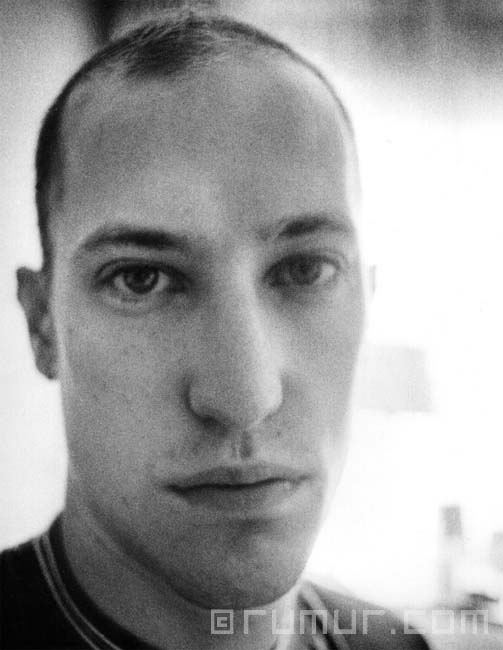
At the time that I began to make photos the art world was much more focused on work that was conceptual, and more “produced” than simply observed or captured. I was enamored of Robert Frank, William Eggleston, and Gary Winogrand. That work was respected, but making work in that manner was seen as derivative, or to be stuck in the past. In fact, a few years later when I put up some work in a bookstore in NY one person scrawled across an entire page in notebook that I had put out for people to sign, “MAKE YOUR OWN WORK- DONT RIP OFF OTHER PEOPLE.” Yes, that made me feel like I had failed, which is what I feared. I also didn’t agree with the assessment. The work was connected to the history that came before it but it as also quite personal. For that show I had made a massive book that hung on a wall. the pages ware 2ft by 3 ft black foam core boards. On those pages, that turned, I had put an array of collages. I don’t have any images of the book on the wall, but these are some of the collages that were in it.
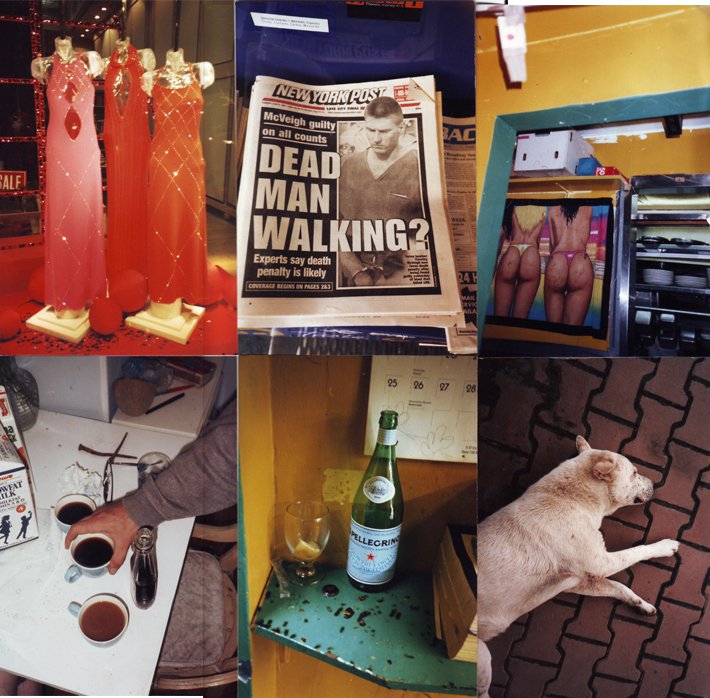
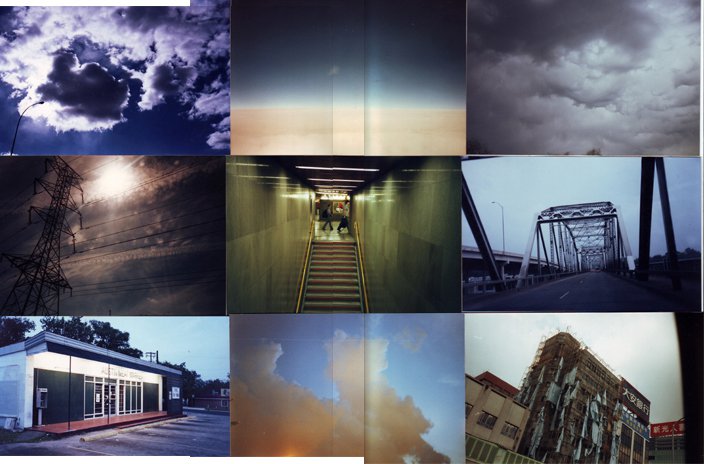
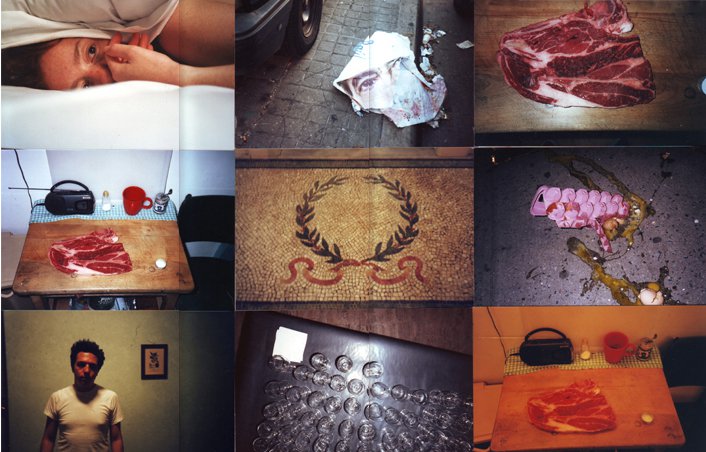
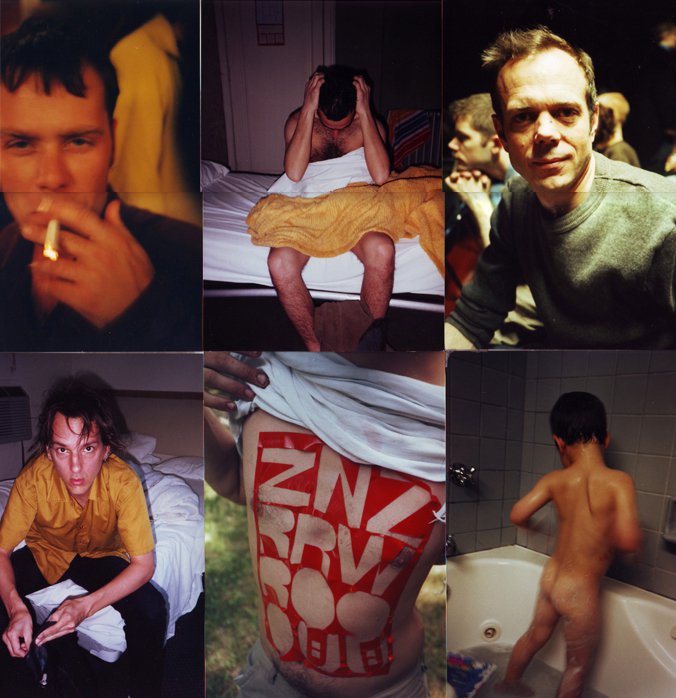
Before making this work I had spent about 6 to 8 years making black and white images of bands, as well as documenting life in a band and on the road. This work inspired the look of our film “Half-Cocked”, which was, in some sense, a continuation of the impulse to document that world. While the mall trip was my first big project, this was my first long term project. Like the mall images, this work was perhaps less arresting than people expected because it was largely fairly mundane images of bands that weren’t famous. No one was shooting up, or having sex, so the pictures weren’t all that transgressive. However, I believe their real value is that they capture something that so few people saw, and even fewer documented. I was usually the only person taking photos at the shows I shot at. If there were other people making pictures I often didn’t pull out my camera because it didn’t seem as necessary. Some part of me was aware of the import of capturing these moments which may mean something to other people some day. For me this was especially true of bands that no one else was capturing, and therefore likely might not be remembered at all. In college I took a lot of sociology, anthropology, and religion courses, and on some level even though I largely rejected the formalism of academia, I was still influenced by the idea that the work of documenting others lives had import.
Half-Cocked Trailer – 2018 restoration from rumur on Vimeo.
Shortly after we finished “Half-Cocked” one of the magazines that occasionally used my band photos offered to do a book for me. I spent about a year choosing the images and laying it out. That book. “Lost” never got published because the company didn’t have the resources to do it. I believe I’ll get it out there someday soon. 25 years later the work takes on much more resonance. That book can be seen on our website. While the book is mostly about being in a band, the first image is a shot of my father taken from behind, reading the newspaper in his bathrobe. My father would often get livid if I took his photo so I had to sneak this one. It’s oddly emotional for me, and it felt like I was sneaking the personal into this book.
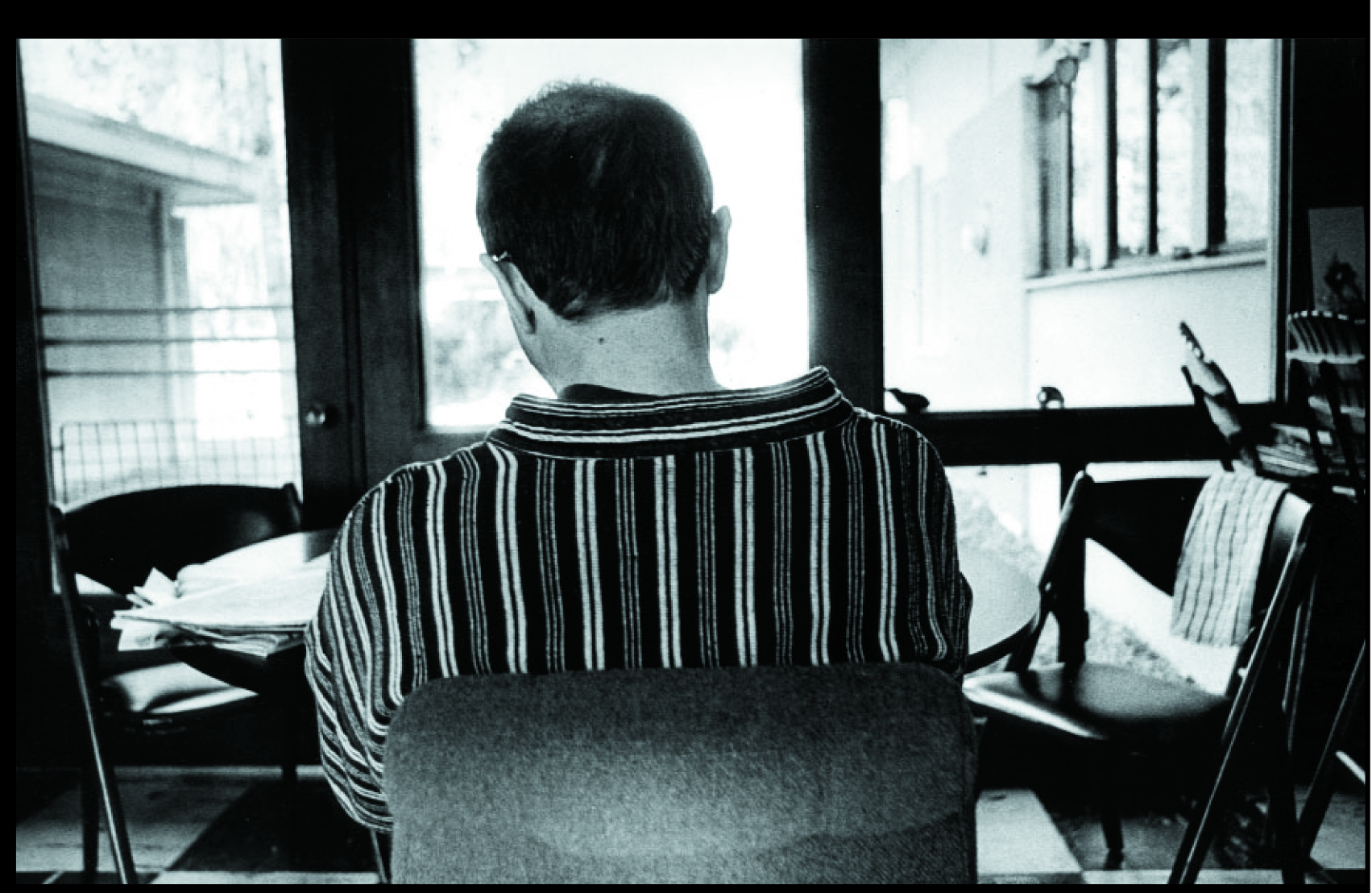
The book also had some music images but it was largely about what it felt like to be on the road making art.
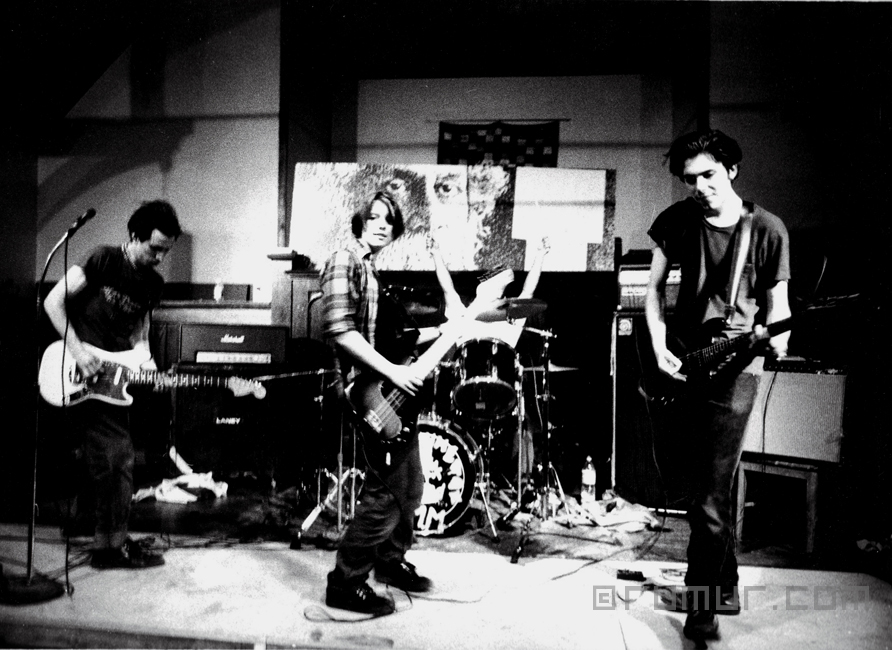
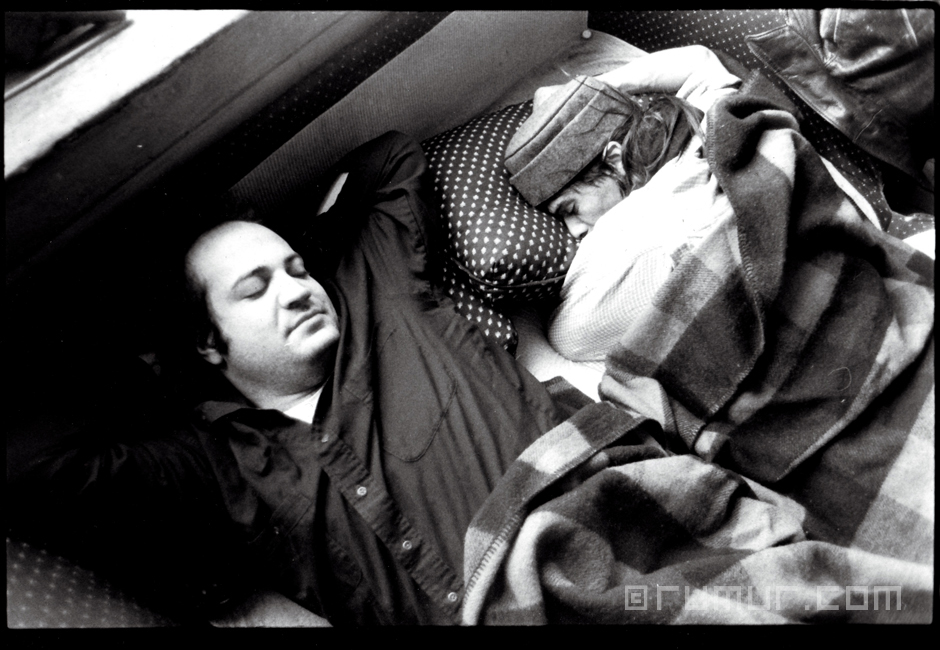
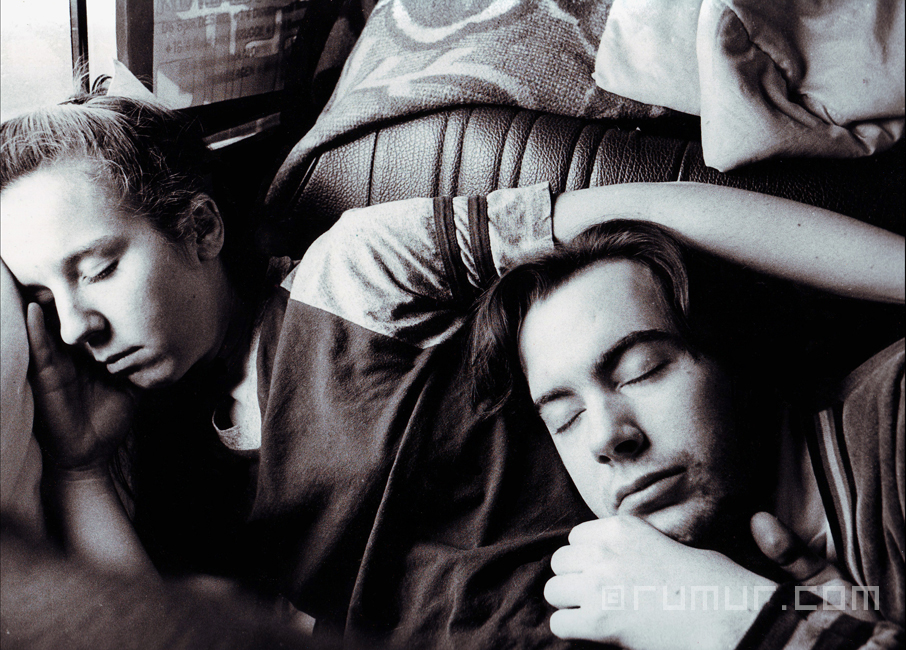
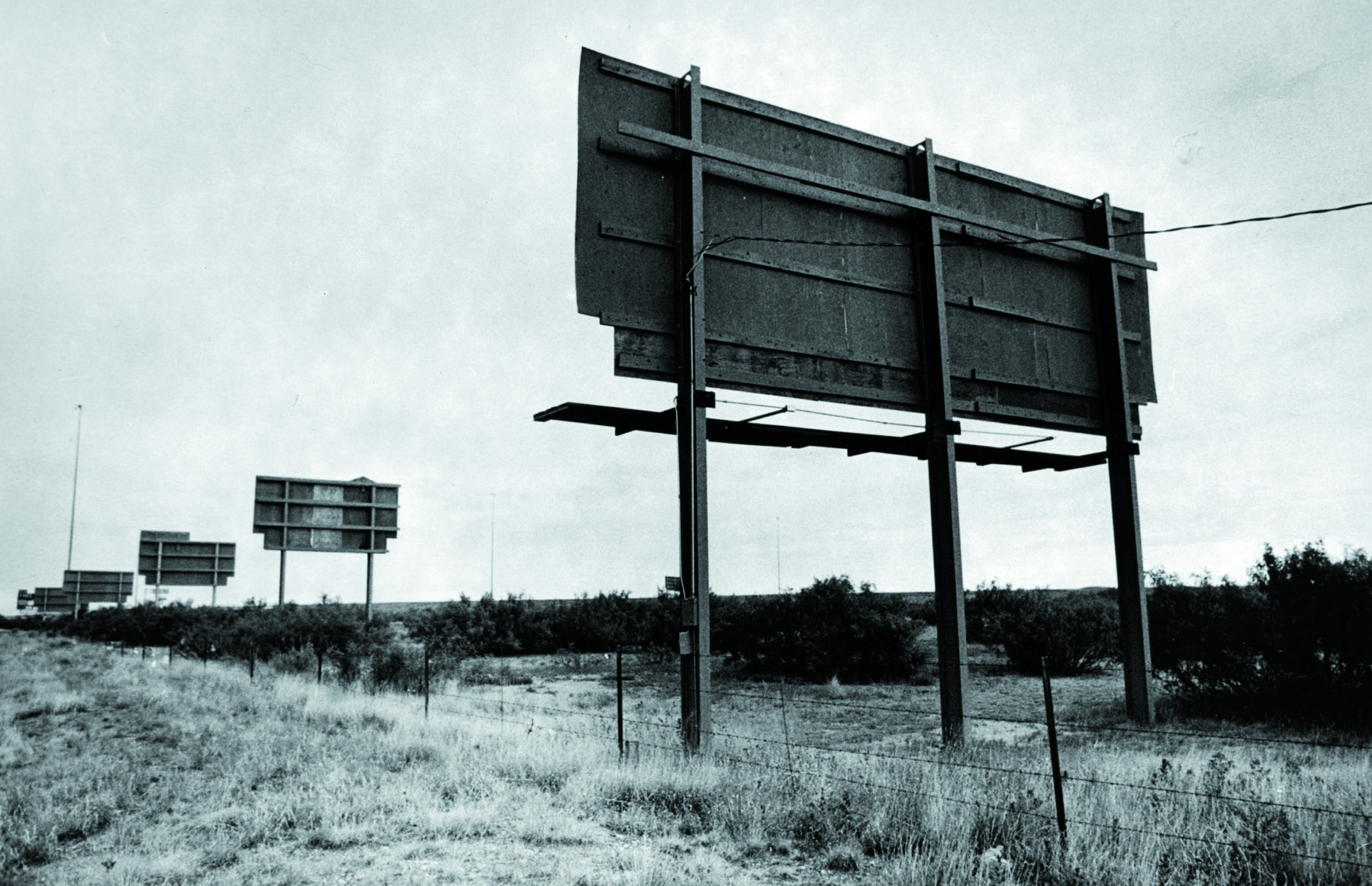
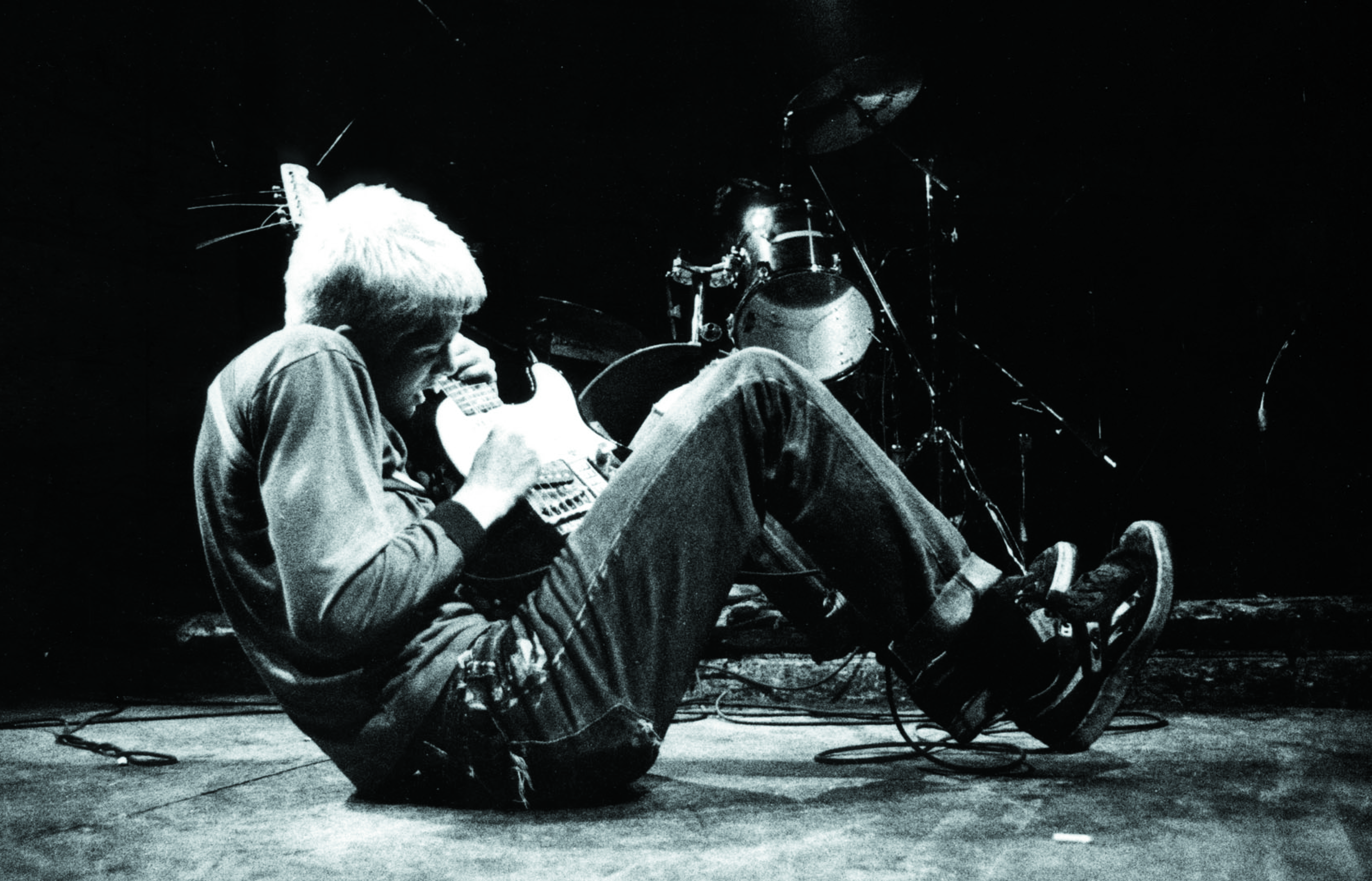
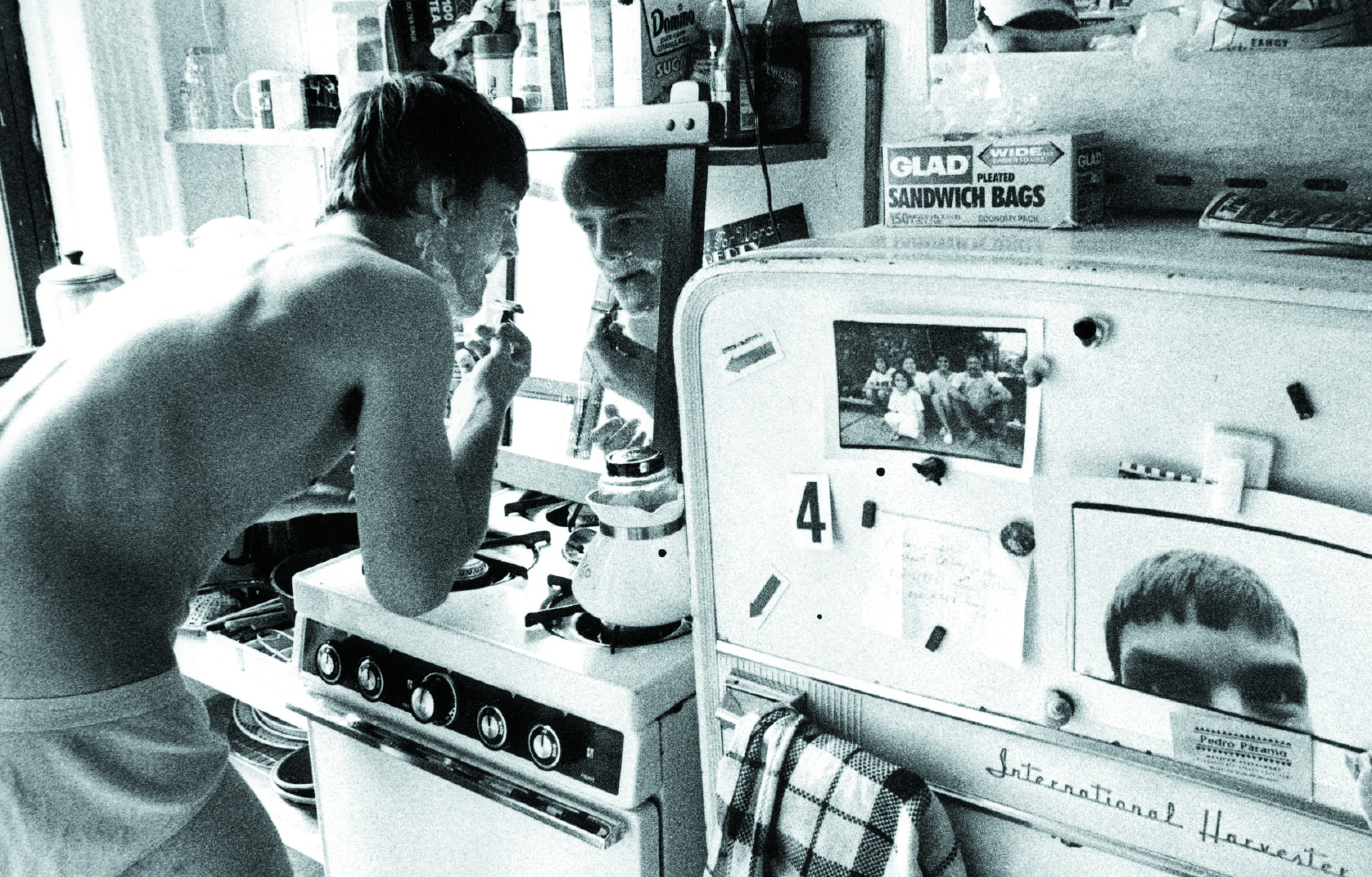
I also snuck in a self-portrait in as I shot an image of my parents before I left for another drive back to the NYC. At around the same time that I was spending hours in the photo book store I also picked up a book on the street called “Invisible City”. It had a big impact on me because it captured the East Village as a romantic bohemian enclave that I found myself wanting to inhabit. A few years later I went to a party at my friend’s apartment on Ave B and immediately felt at home. When I told him how much I loved the place he offered me his room because he was heading off to Prague. A few months later I found out that the photographer who made the book that had such an impact on me not only lived in the building, but that many of the images in the book were made there. I had unconsciously been drawn to that very building. He and I became friends, and I didn’t even notice how much I had taken his design as I put together my book.
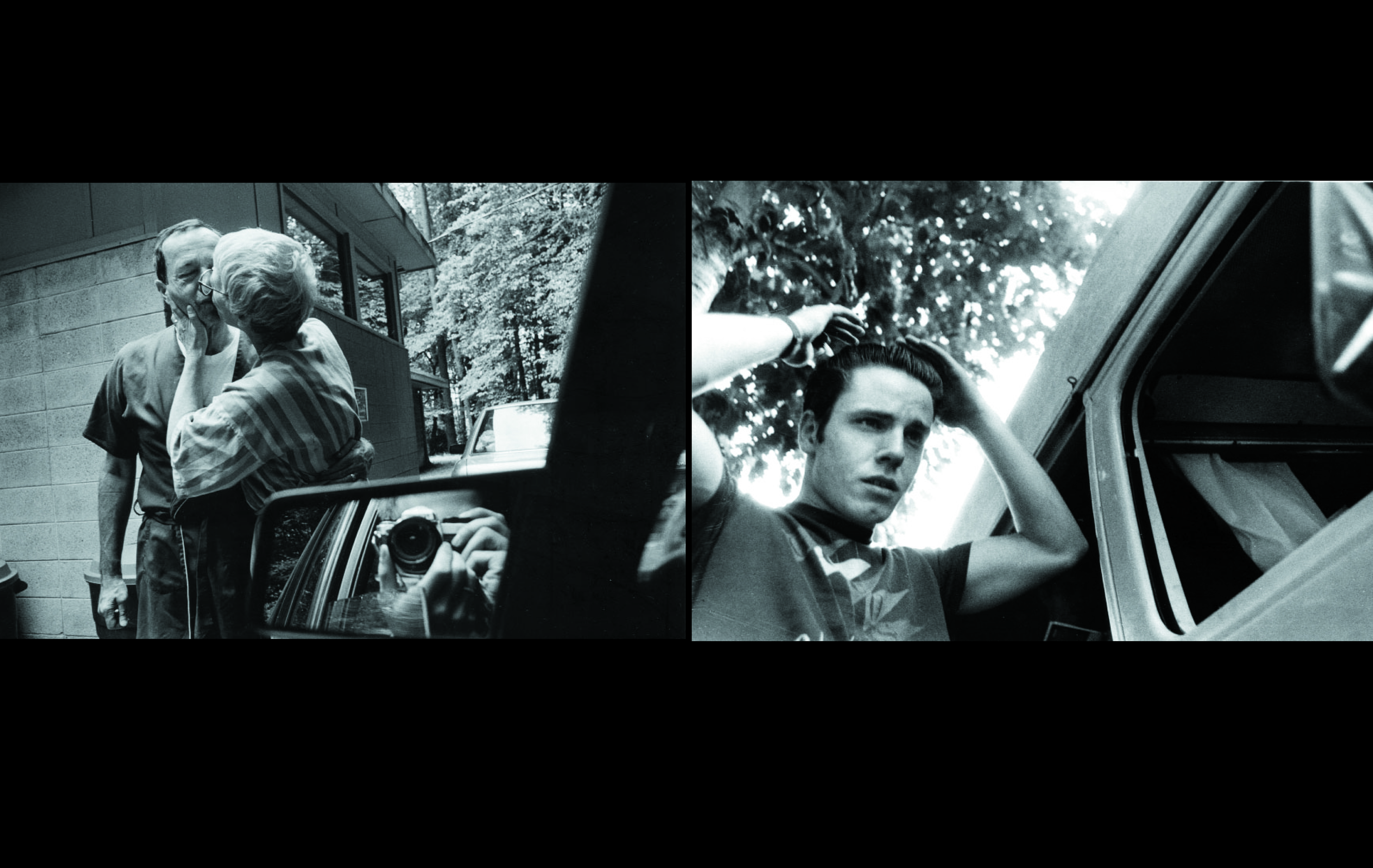
Around the time that I finished putting together “Lost” I got that point and shoot camera and started to shoot mostly in color. These are the images that went into collages and later my letter books. This wasn’t really work that I shared. I didn’t see myself having gallery shows, or even making books. I just wanted to make pictures and I wanted to document my life. Even then I knew that photos were investments in the future, and I was simply putting them in the bank to save. The internet had started to become a major part of our lives but we were a long way from smart phones, Flickr, and social media- so the images just piled up in plastic bins. I have about 20 bins and 500 rolls of film. The rolls are numbered but unorganized. I guess that’s the next project.
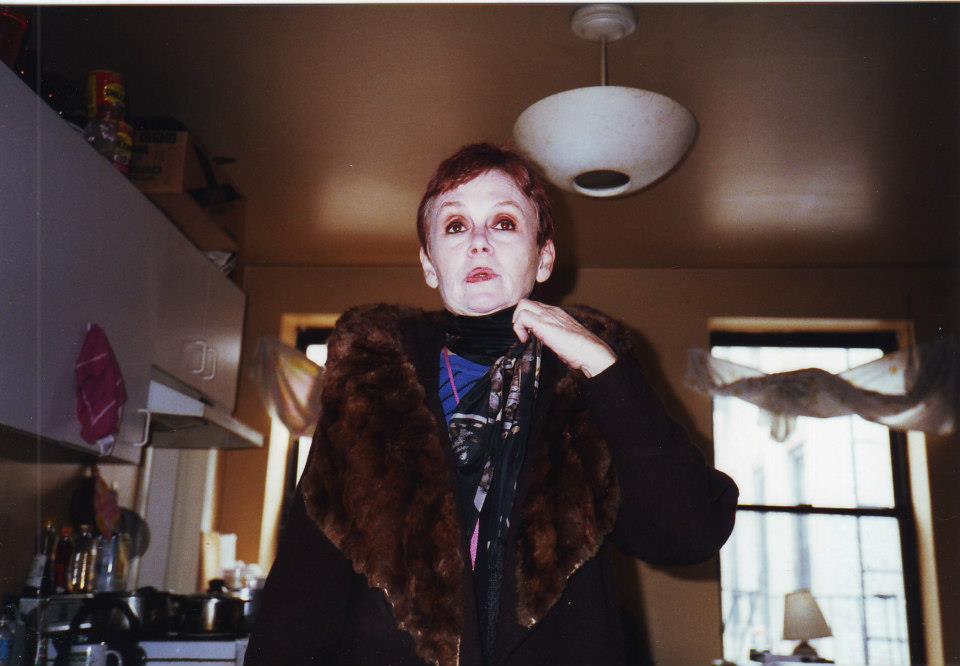
Since “Lost” was languishing in a kind of perpetual state of non-publishing, I threw together another book with the images that hadn’t made the cut. I got some friends to write their stories about being in a band and I got a small record label to put out that book with a CD. I called it “Scraps (a few copies on Amazon)” because it was kind of the leftovers, and so were we. it was pictures of the bands that hadn’t gotten scooped up by major labels, largely because we had no real interest in being scooped up by major labels. In 1999 I had a show at CB’s 313 gallery to launch the book and our second film “Radiation”. For the show I enlisted the help of Steve Keene who painted on poster board to make frames for my images. I put up upwards of 120 frames with well over 200 images.
scraps with spoken word from rumur on Vimeo.
I also had the musicians, who had written stories for the book, record their stories. My partner Suki cut them together and we had cassette tape players with headphones that people could use as they walked through the show. This made it all a bit like a “make your own story” movie set up, with the sound interacting randomly with the images.
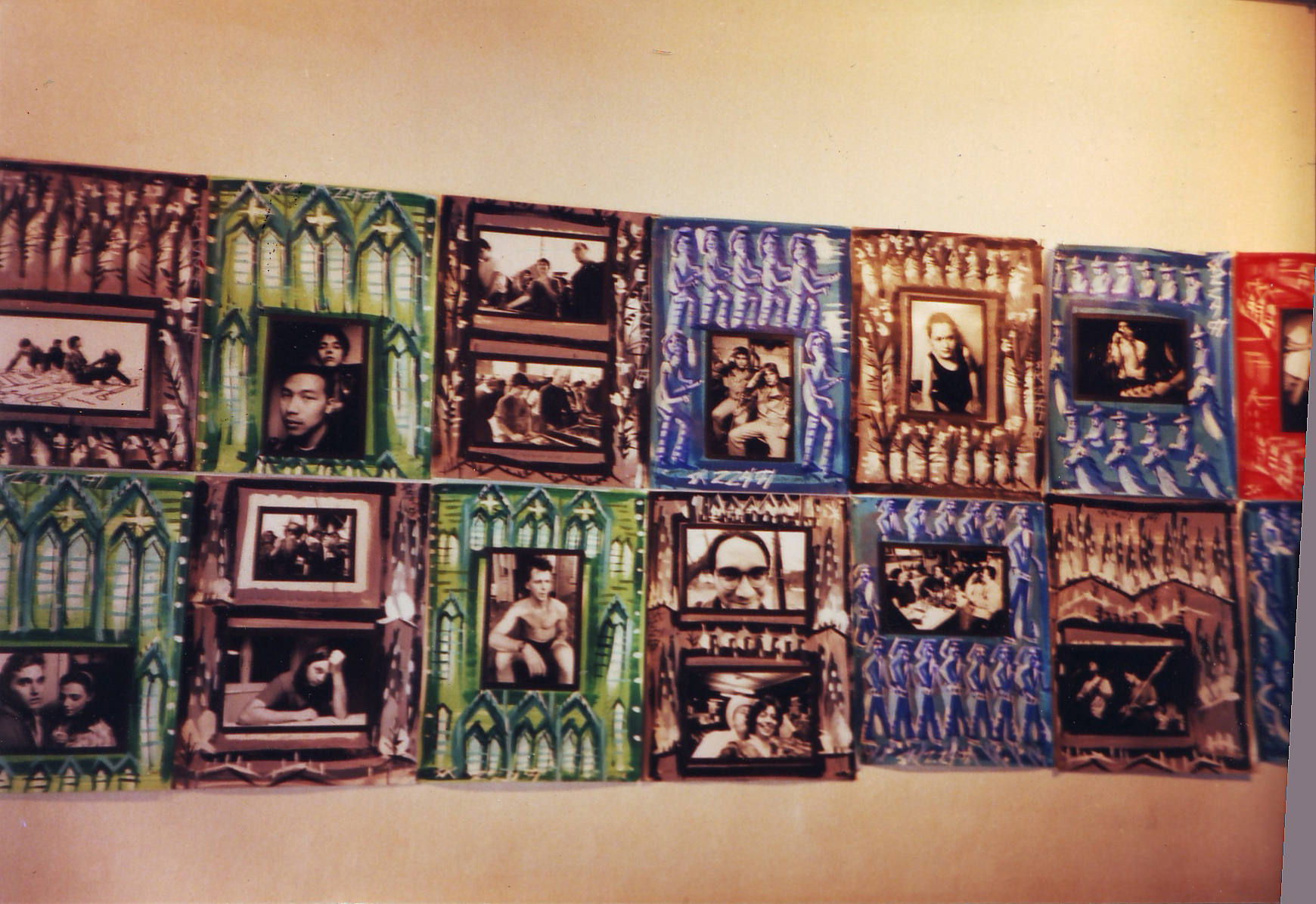
By this time I had ceased playing in a band. Suki and I spent most of the year traveling with “Radiation” and I took a job at a music website. It was a strange time. Before making “Radiation” Suki and I had weathered some difficult times. At the time I did a somewhat conceptual project called “Slap, Scream, Hole”. I had couples scream at each other, slap each other, and then stare into the camera with a bullet hole that our friend Letha, a make up artist, put on them. I never showed anyone this work but I scanned some if it the other day. I can’t recall whether or not I shot Suki. I don’t think she wanted to do it.
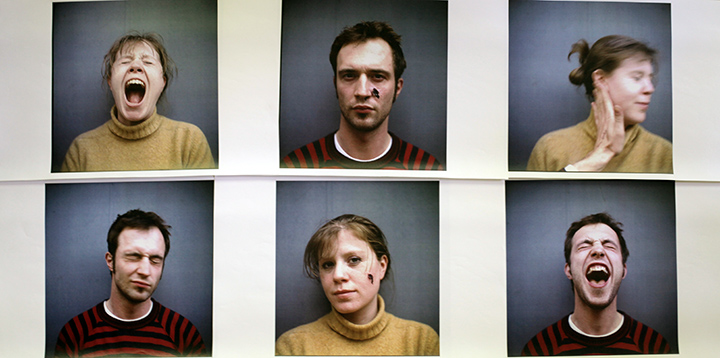
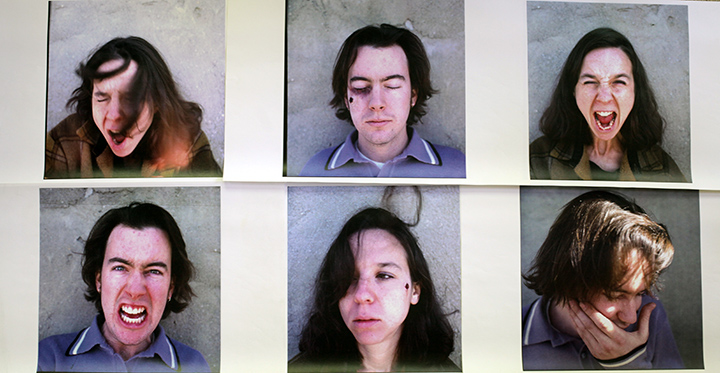
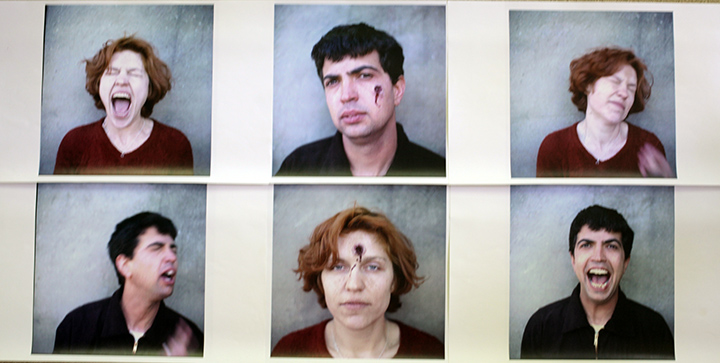
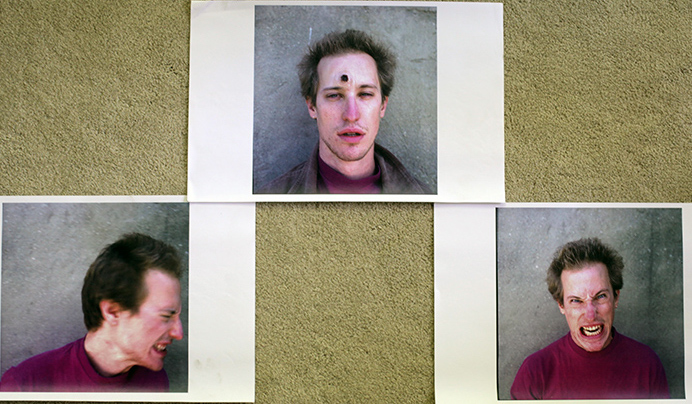
As the travel with Radiation wound down I took a job at an internet startup focused on the indie rock scene I had been a part of called Insound. Within a few months the job started to really crush my creativity, and while I continued to shoot here and there with my point and shoot, as well as do some photos for bands, my photography slowly got put on hold. I had no outlet for the work and between my job, trying to fix up a house, and working on my first documentary I just didn’t have the time. I felt pulled in too many directions. Literally hours after we finished that documentary, “Horns and Halos”, our first daughter was born. I did shoot quite a bit of her, and of Suki when she was pregnant, but I generally stopped thinking of myself as a photographer for a while.
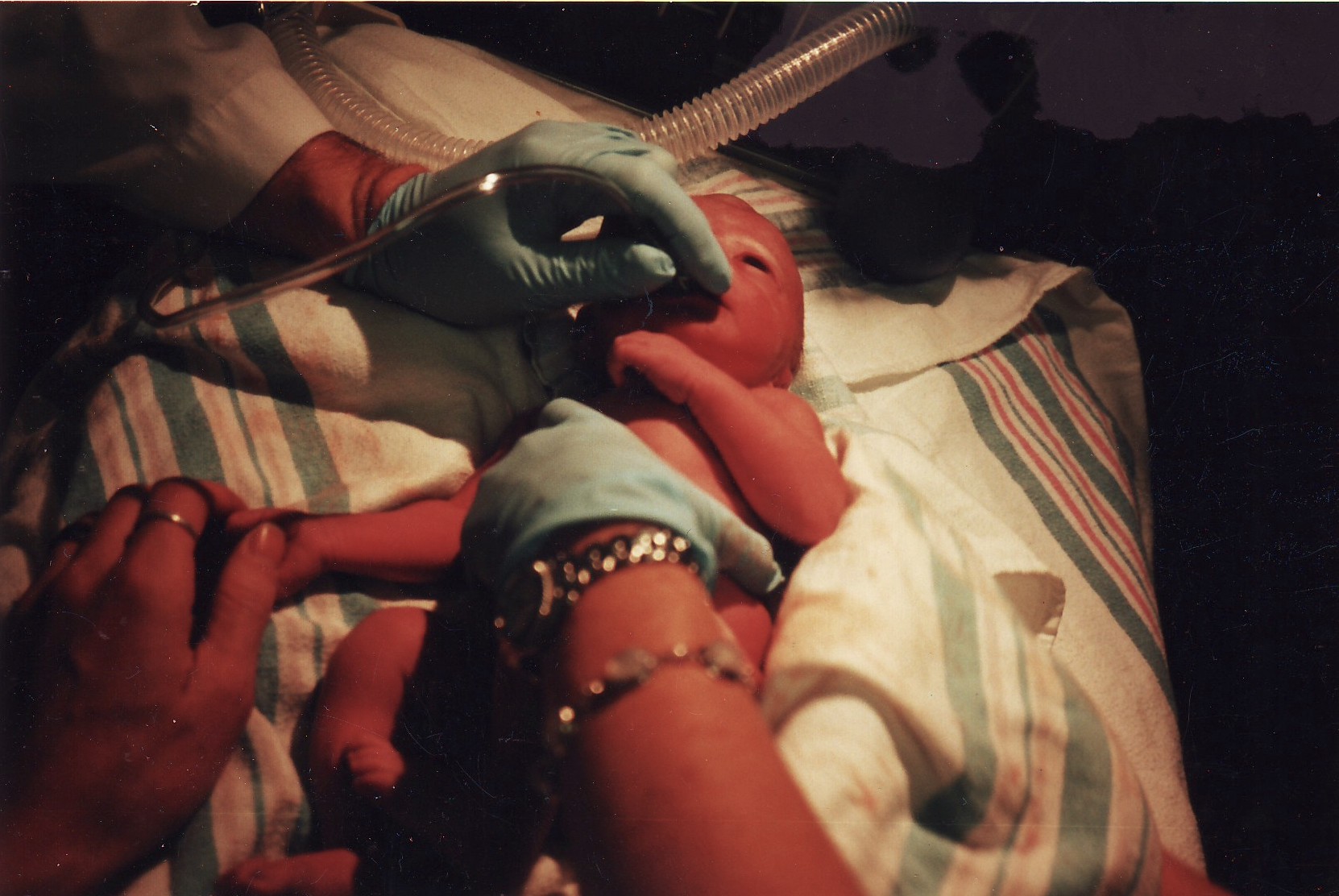
A few years later my brother handed me down a little digital camera. The image quality was awful, but it made it possible to grab both images and videos, and I started to use it to document my life with my kids. The quality was low, but there was something very exciting about it. I also used that little camera to take quick movies and saved those as well. Late that documentation became invaluable as we began to work on more personal films like “All The Rage“- our documentary about Dr Sarno.
A few years later I finally got a DSLR and began to make photographs again more regularly. I also got an iPhone and got onto Instagram. I went kind of nuts and I now have 15,000 images up there. A couple of years ago I downloaded a few thousand of them and put the on a timeline- they form a slow motion time lapse of my life.
Slow Motion Time Lapse from rumur on Vimeo.
Part of the work in the instagram video is personal, part of it is travel and observation, and there’s another strand of images I began to shoot in the meadow behind my house. That project is winding down and I think it’s time to revisit my color work from the 90’s.
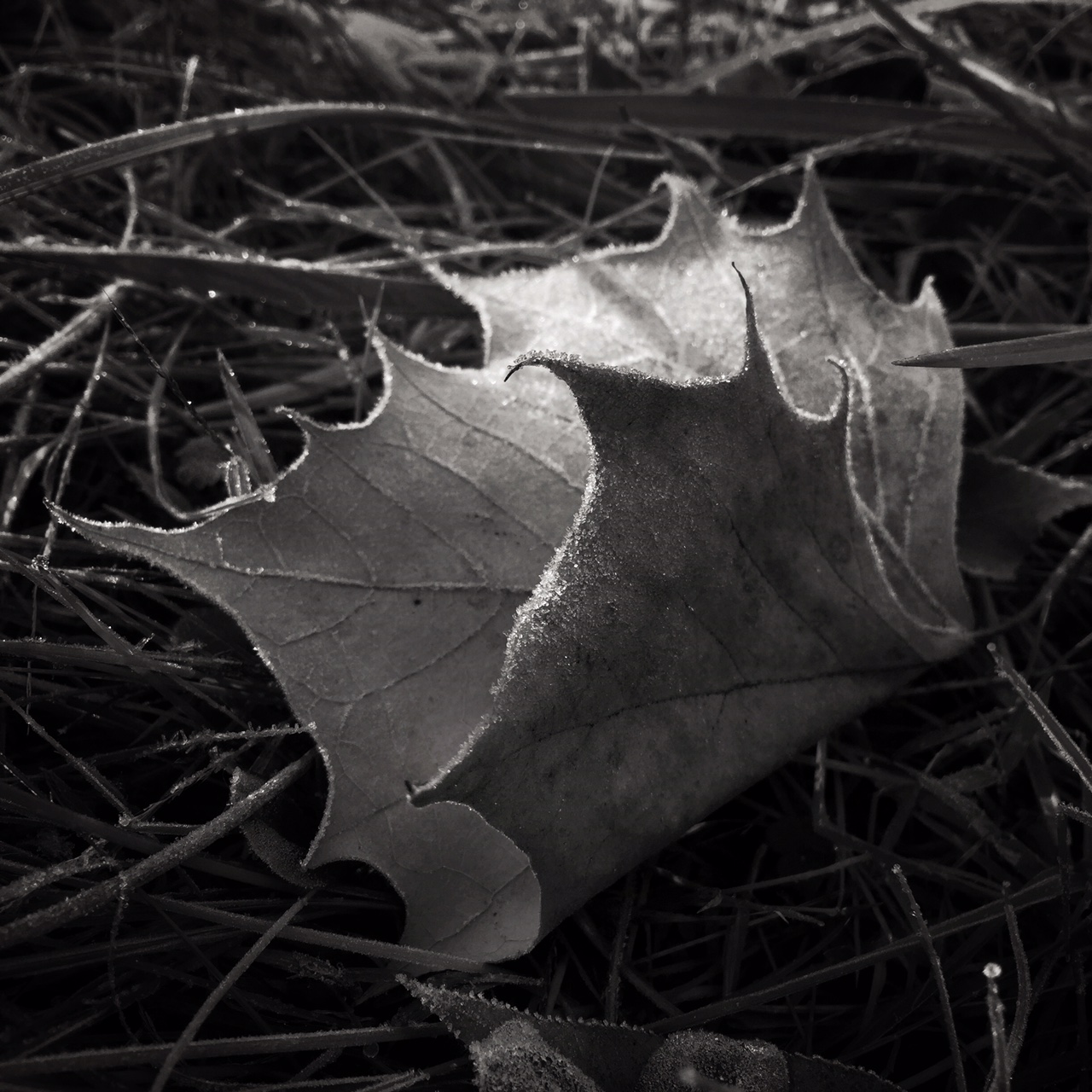
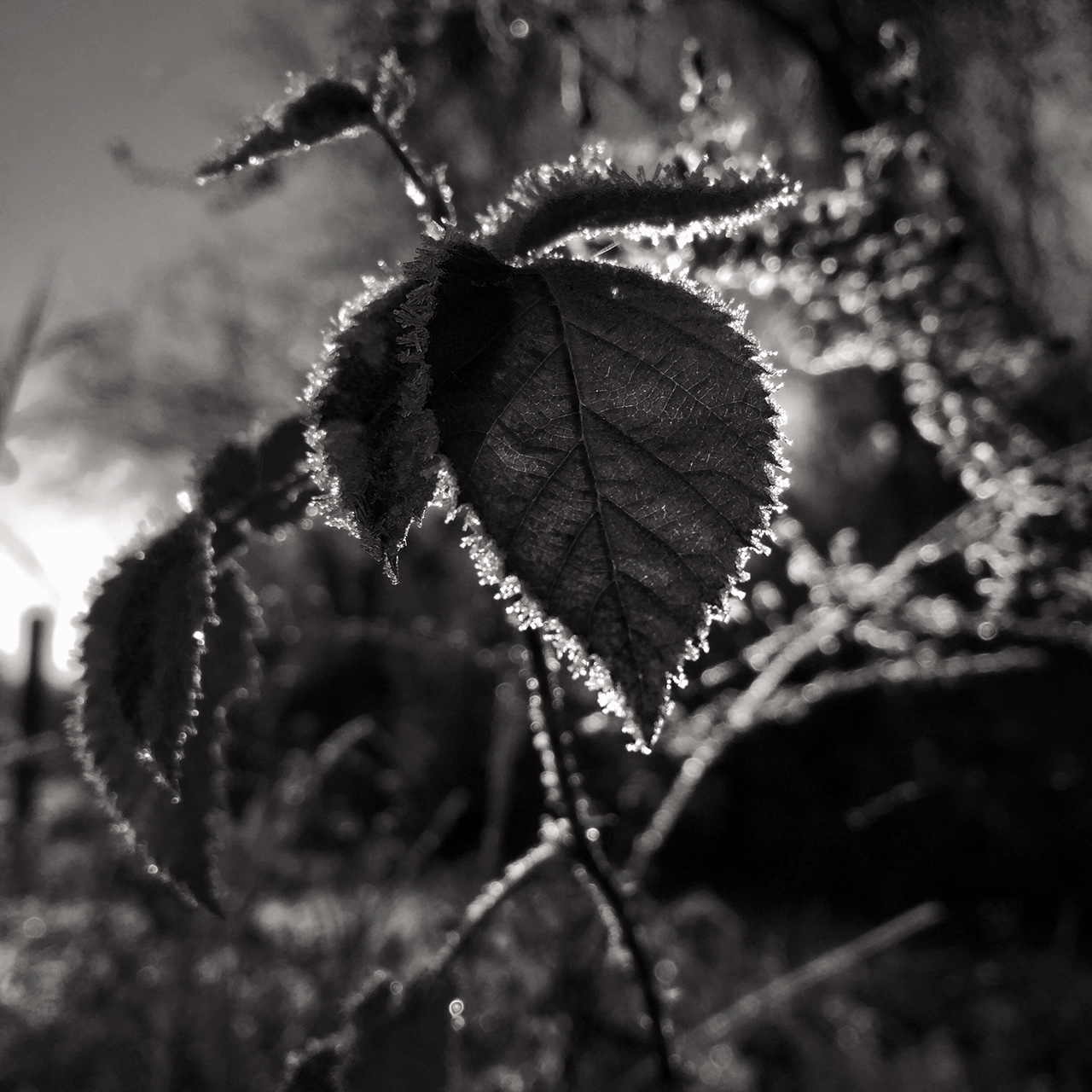
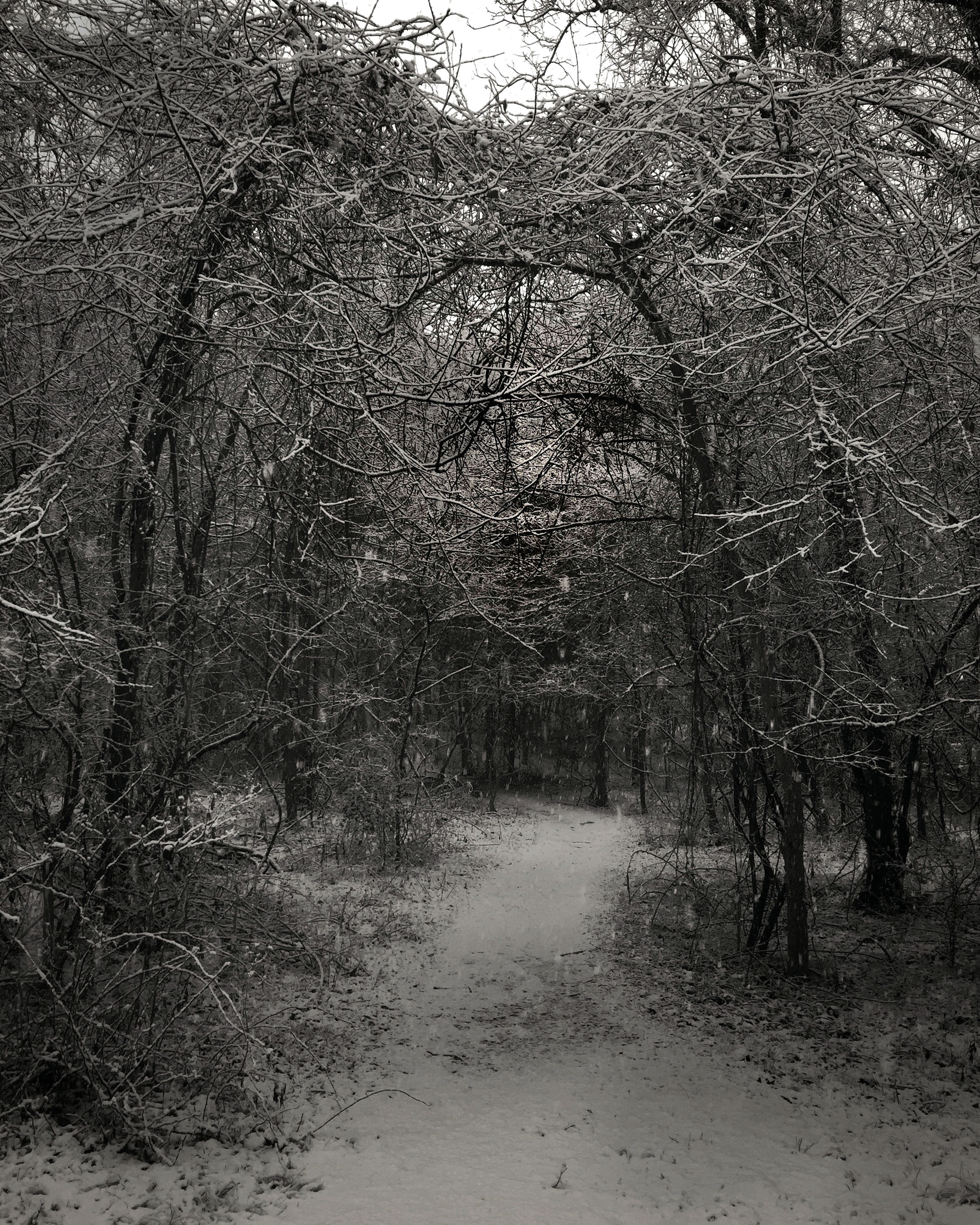


No Comments